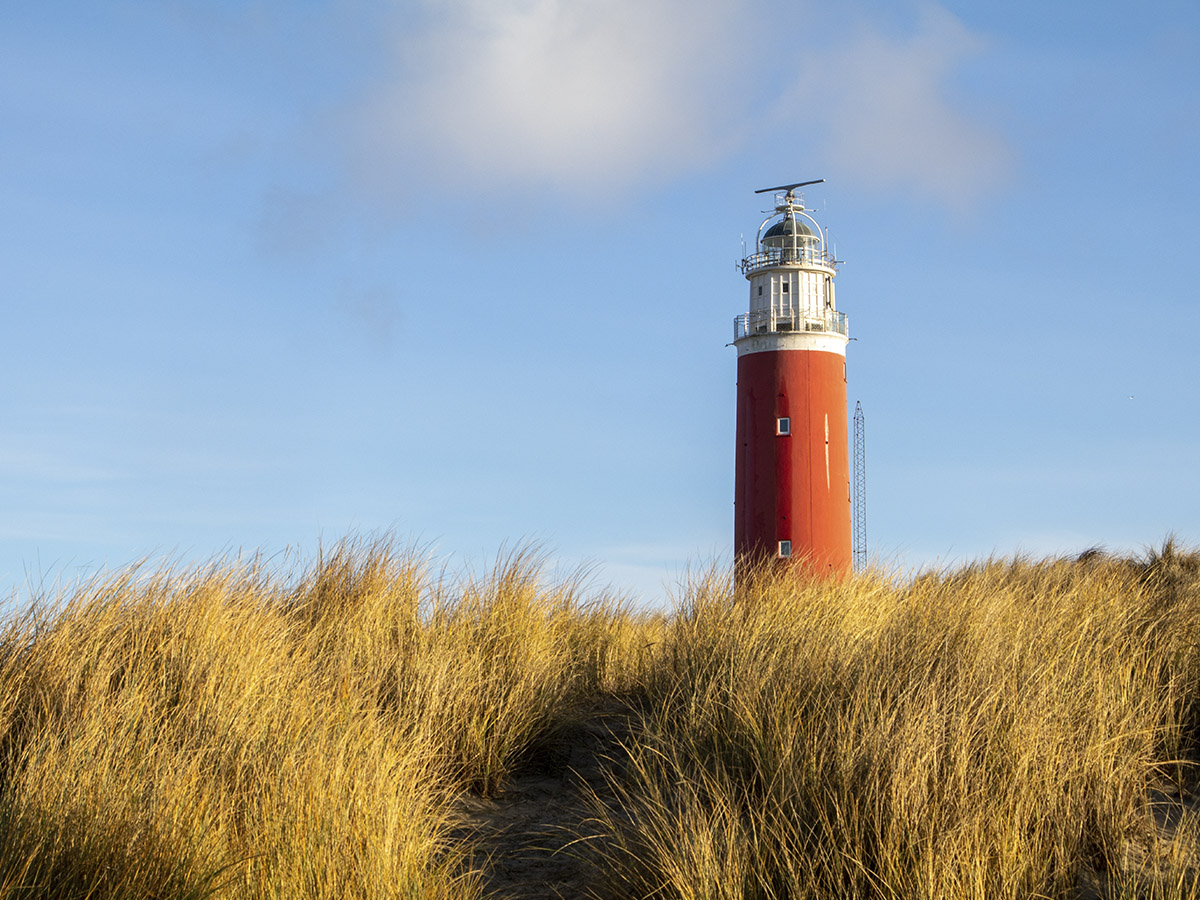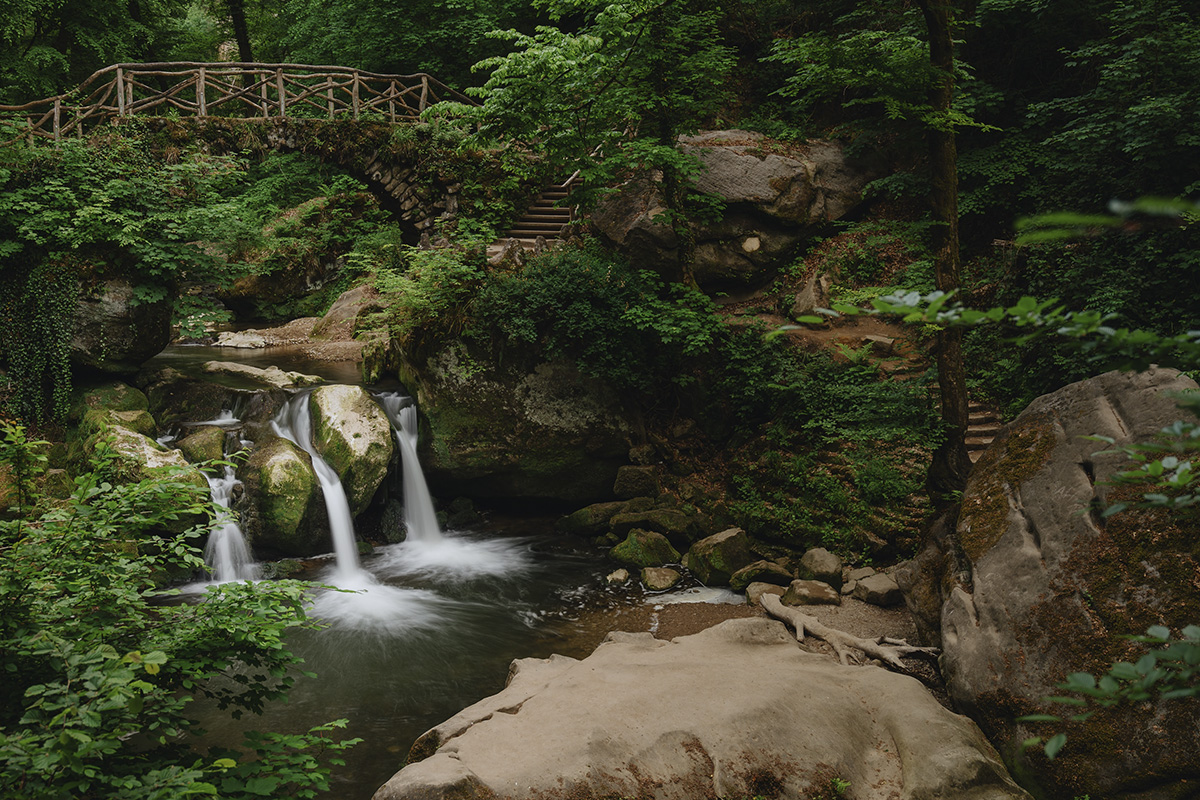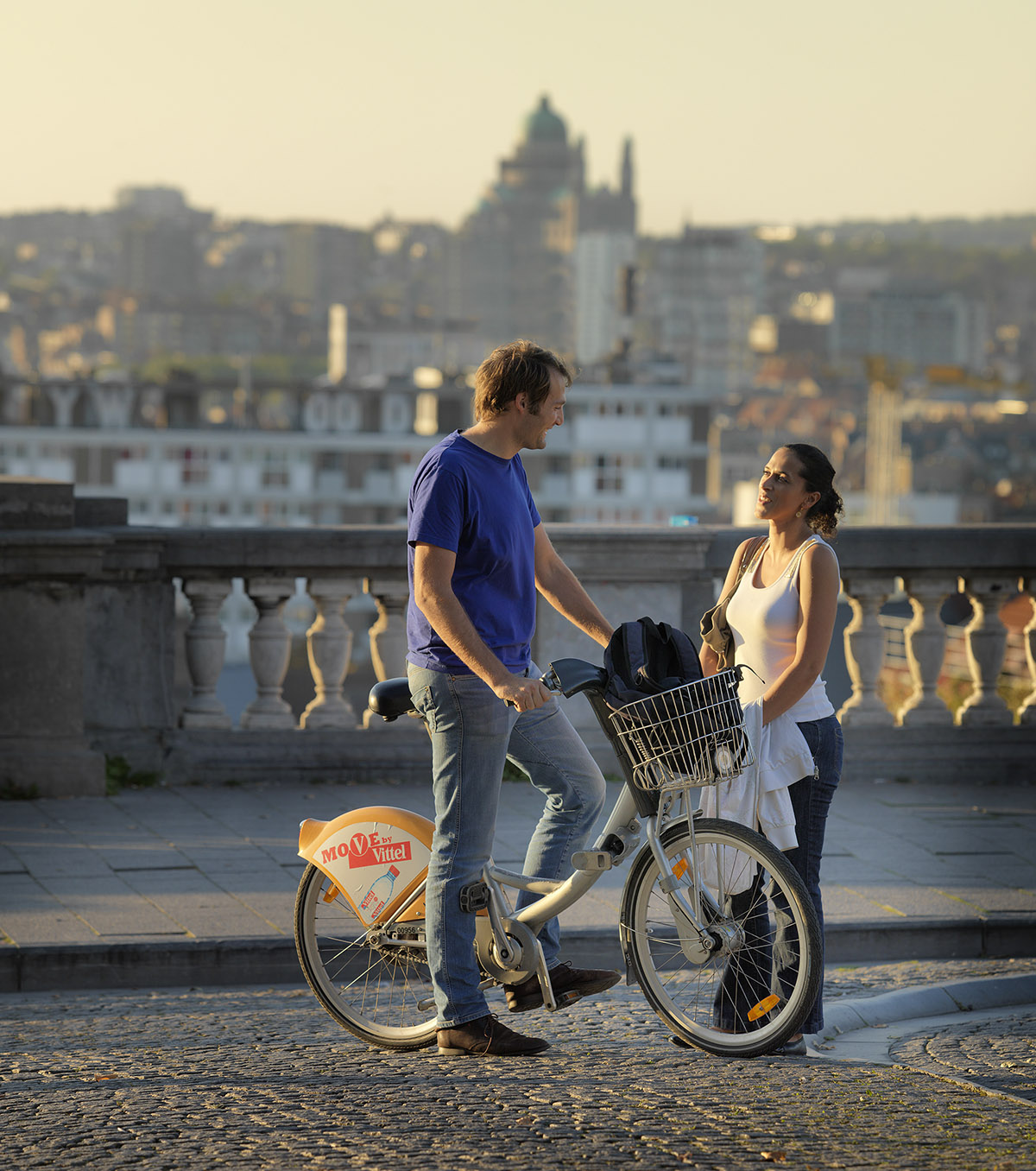Rumelange: Witness human history transformed by nature
Text: Kate Harvey | Photos: Rumelange
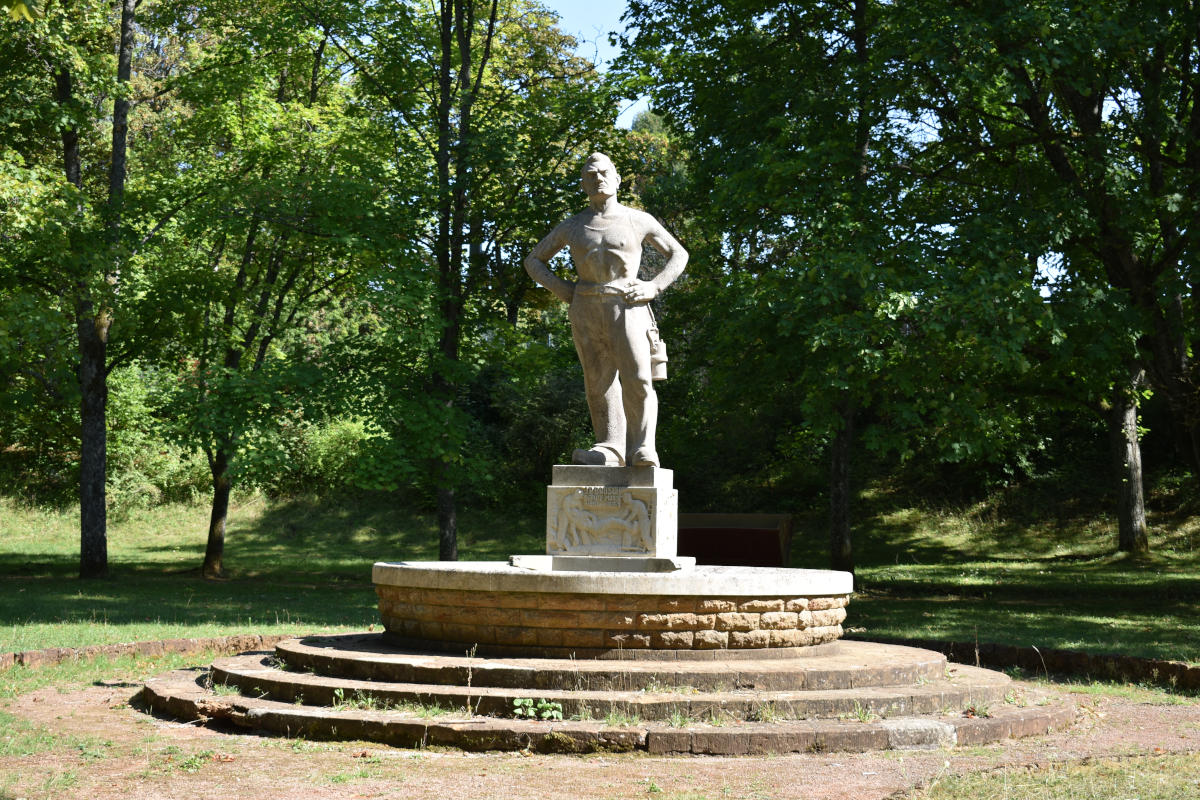
Seated on the French border, the town of Rumelange in southern Luxembourg plays a major role in the region’s industrial history. Here in the Minett region, nature and human life coexist beautifully, and the marks of its former mining past have in fact carved a picturesque space in the surroundings. Now, with a thriving community and endless leisure activities, it continues to welcome visitors from all over.
Dig deep into its geological origins
Since the 19th century, Rumelange has welcomed workers and industrialists from all corners of Europe, eager to extract iron ore from the belly of the earth. Following the closure of its open cast mines during the 1970s, the landscape was left scarred by the remains of human activity. It didn’t take long, however, for nature to repair the wounds and pick up where humans left off; making way for a thick forested landscape in the surrounding Kayl Valley.
Unearth the mining history of Luxembourg
Rumelange is also home to the National Mining Museum of Luxembourg, where you can opt for a guided tour of the industry that formed the backbone of the Red Rocks community. The on-site exhibition allows visitors to go deep down into the mine to see tools and machinery, alongside a presentation of the fossils and minerals found underground.
Departing three times a day, visitors can embark on a mine train and descend into the depths of Rumelange’s past. Audio guides are available in German, French, English and Dutch.
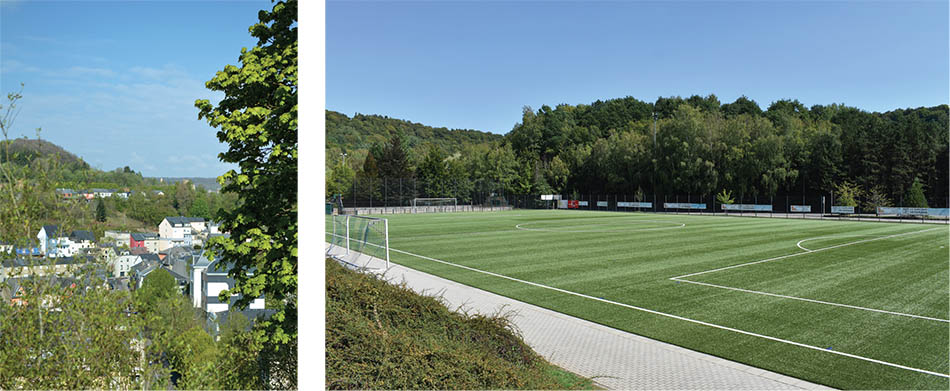
Industry and nature lovers unite
Over time, the natural landscapes around the town have become increasingly protected, and are home to significant bird and wildlife populations. Indeed, it is even possible to retrace the geological past of the Lorraine basin, formed over 170 million years ago during the Triassic and Jurassic eras. The surprising harmony between nature and industry makes Rumelange a popular destination for walking, hiking and biking, among locals and tourists alike.
Challenge yourself in the great outdoors
The nine-and-a-half kilometre route around Rumelange, for example, will take you on a walking tour of the mining terrain. Venture through the lime kilns of the Walert quarry, and then into the shade of the Eechels forest nearby as you pass along the French border.
Alternatively, get to know the town a little better and take a ten-kilometre route around the periphery, towards hills such as Perschesbierg and Lannebierg, which were formed by mining activity. For panoramic views across the Red Rocks region, head up to the Parc Municipal, in which you’ll also find the commune’s football stadium and tennis courts.
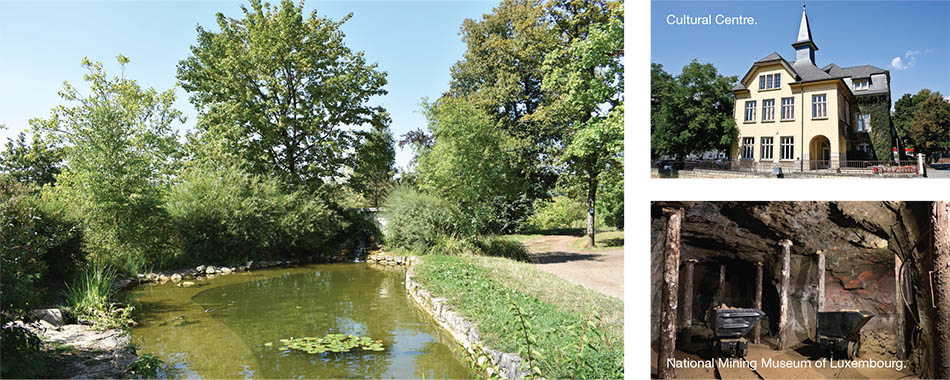
Leisure activities in a postcard setting
Luxembourg is a country of many faces, and Rumelange is the perfect example of that. Over the years, it has welcomed settlers from the world over, and has a population with communities from over 70 different nations.
“Our mining legacy has meant that we are an active and welcoming community,” explains the mayor of Rumelange, Henri Haine. Rumelange is home to a series of sport and leisure clubs: football, tennis, petanque, gymnastics, archery, boxing – there’s even a skatepark and clay shooting facility.
You need only walk a short distance along the main street to witness the diverse architecture established by former mining families. The Kursaal cinema, for example, is in fact also the oldest of its kind in the whole of Luxembourg, and was the only building on the road to have survived through the Second World War. It has been renovated with high-tech equipment and spacious armchairs to sit back in and relax.
Excellent transport links
Rumelange is enviably located at the crossroads of Europe. Approximately 25 kilometres from Luxembourg City, visitors can easily pass through from France and Germany thanks to its proximity to major road links. You can also catch a train from Rumelange to various destinations, or even rent a bicycle from the Vël’Ok stations dotted around the region and explore this historic landscape for yourself.
Subscribe to Our Newsletter
Receive our monthly newsletter by email
